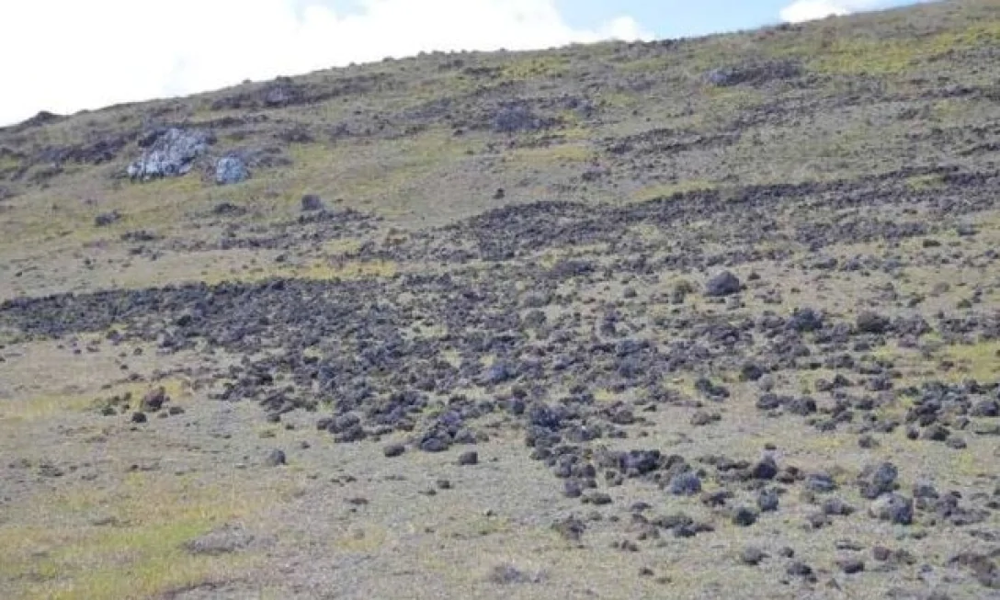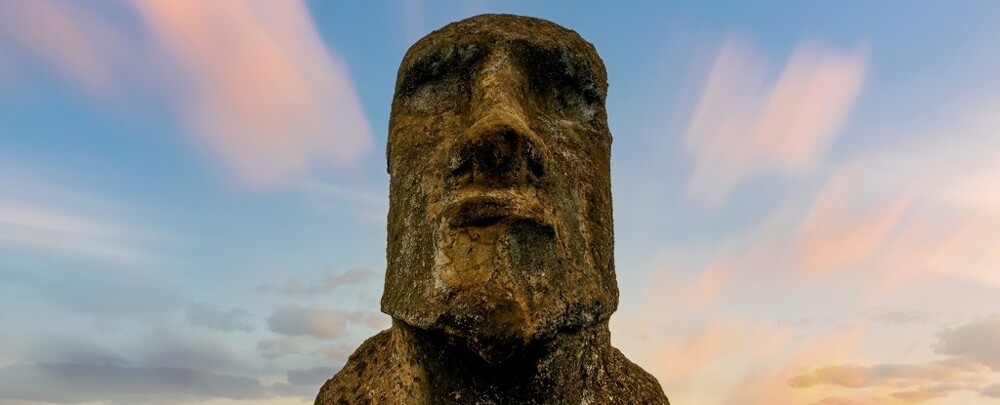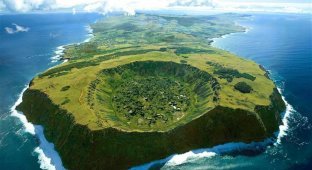Ecocide has nothing to do with it: what really killed the entire population of Easter Island has been found (3 photos)
Previously, scientists believed that the local population simply misused environmental resources, as a result of which they literally destroyed themselves. 
The history of our planet goes back more than 4.5 billion years, but the history of mankind is much shorter: scientists have been trying for years to shed light on the events of the past, but sometimes confusion occurs. For example, for decades researchers believed that the population of Easter Island was wiped out by a mysterious collapse of “ecocide,” but new research casts doubt on that claim.
The results of a new study suggest that the island's population of monument carvers may not have been large enough to disappear due to mismanagement of natural resources, as previously thought. 
For decades, the leading theory about the ecocide of Rapa Nui, or Easter Island, suggested that the local population was incredibly large and failed due to "its own stupidity." Allegedly, local residents cut down all the trees on the island, leaving the once fertile soil vulnerable. As a result, the indigenous population could no longer grow the required amount of food, and therefore famine reigned on the island, followed by war, cannibalism and collapse. As a result, the island's population dropped from several thousand to 100 people in just 150 years.
However, a new study based on an analysis of rock gardens suggests that things happened a little differently. Easter Island's population did decline in the 1700s following European encounters, but this was likely due to the slave trade, forced migration, and the introduction of pathogens.
In a new study, a team led by archaeologist Dylan Davis of the Columbia Climate School conducted a new satellite survey of the rock gardens and found that the number of these gardens simply could not support the island's large enough population as previously thought. In simple terms, the island's population simply was never as large as thought. 
The study's authors now believe that Easter Island's indigenous people were actually more resilient and resourceful than the history of the collapse would have suggested. People here grew sweet potatoes in rock gardens and also ate seafood and lived quite sustainably and happily until the arrival of Europeans.
Previous rock garden estimates suggested Easter Island's population was around 17,000, but new data suggests only about 2,000 to 3,000 people lived here, consistent with the accounts of the island's first European visitors.
In the new work, scientists spent 5 years examining rock gardens on the ground and cataloging them. They then used machine learning and discovered that the island had many natural outcrops that had previously been mistaken for rock gardens. The results showed that only about 0.76 square kilometers of Rapa Nui were dedicated to rock gardens, which alone could feed a population of about 2,000 people.
Thus, in 1722, at the time of the arrival of the first Europeans, the population of the island ranged from 2,000 to 3,000 people, and by 1877 only 100 people lived on the island.
























